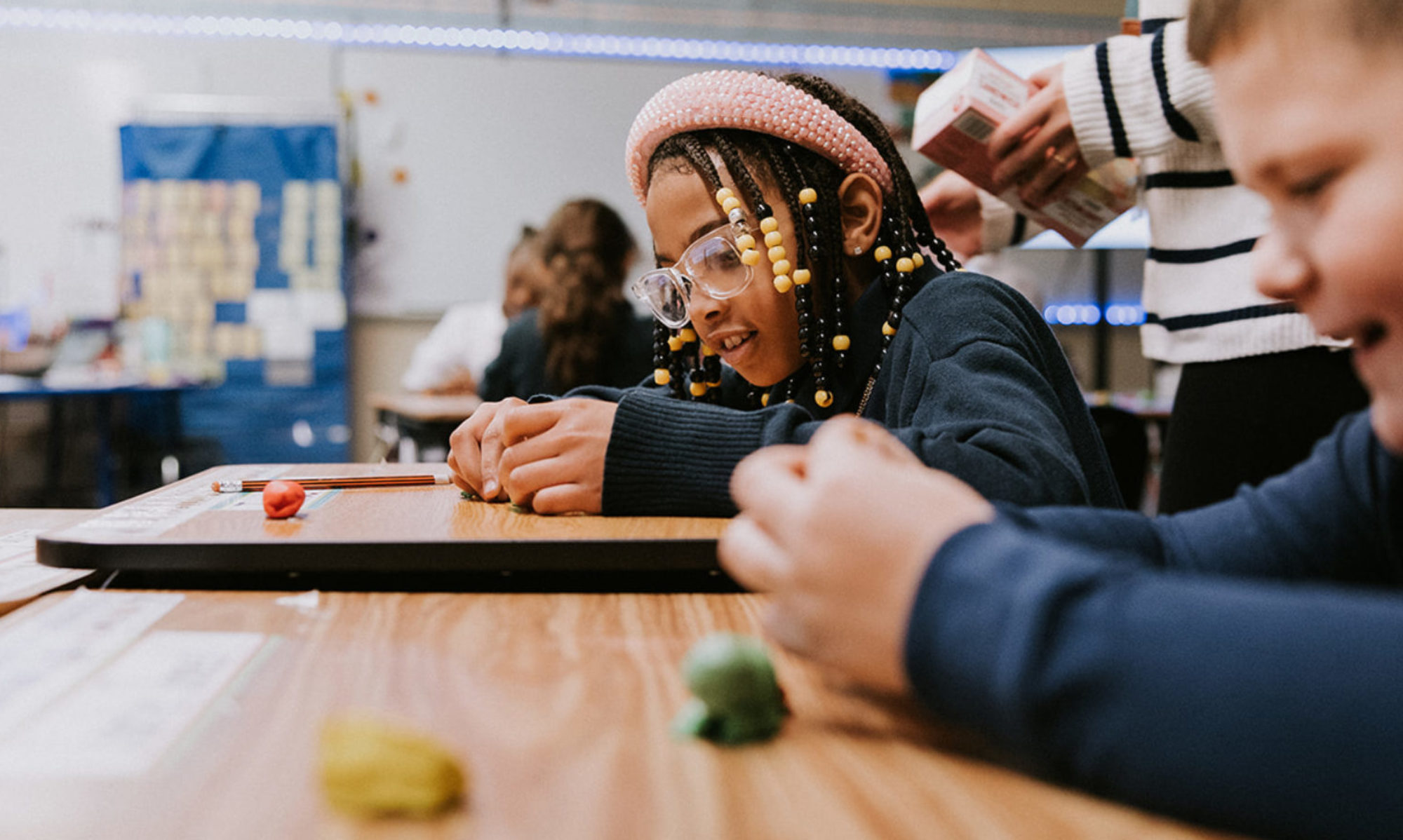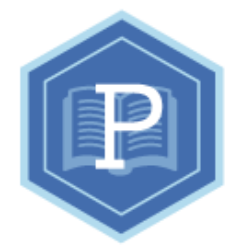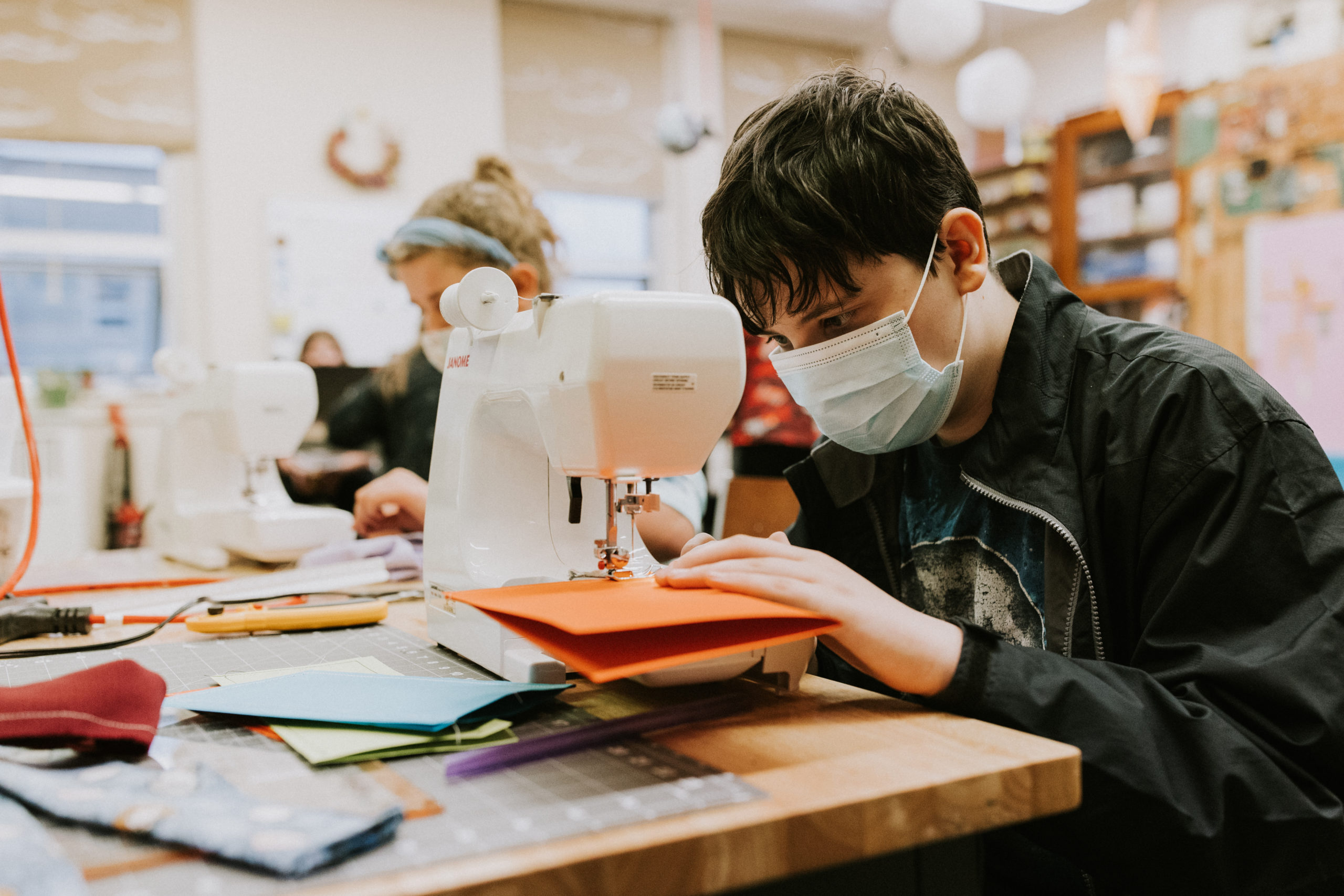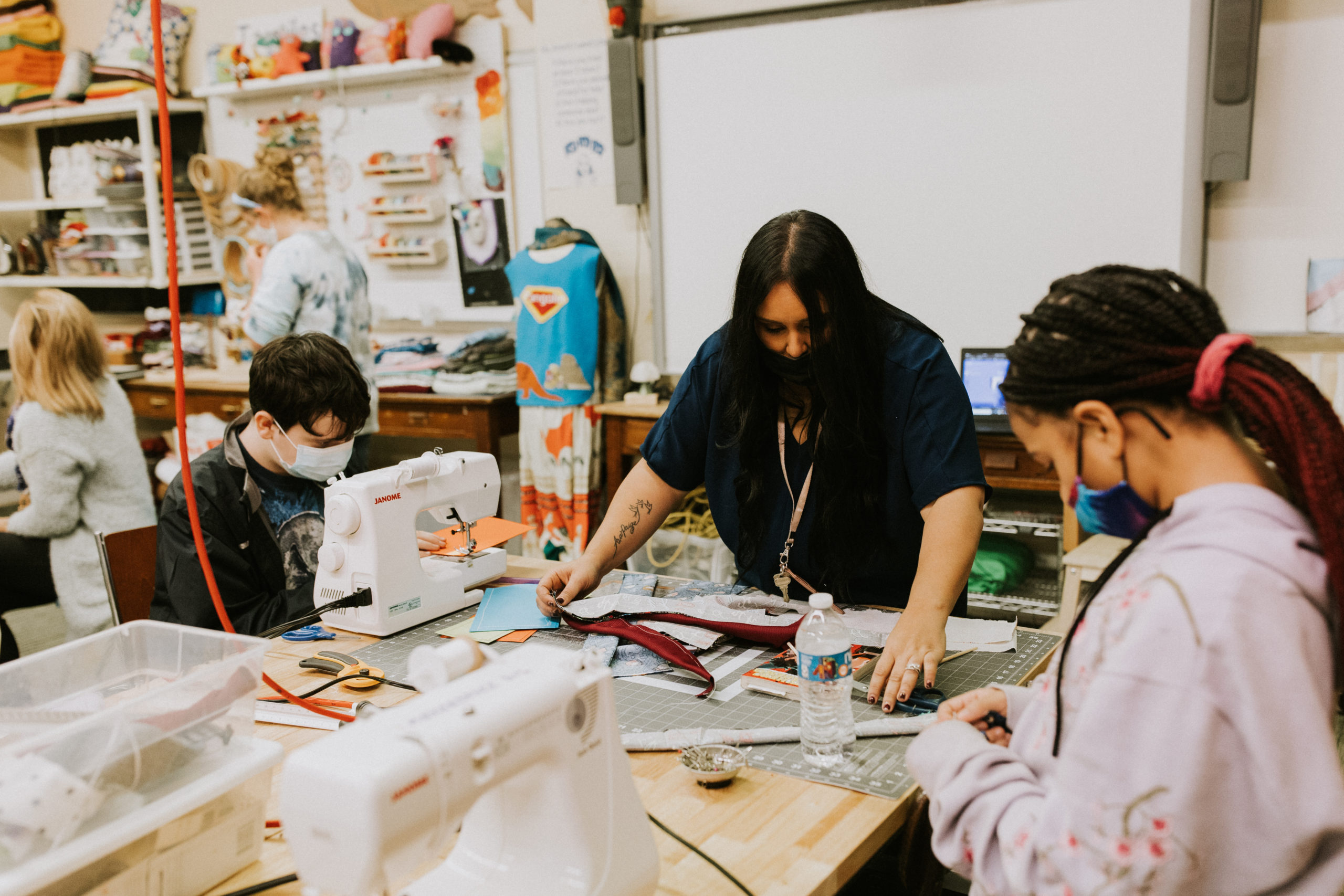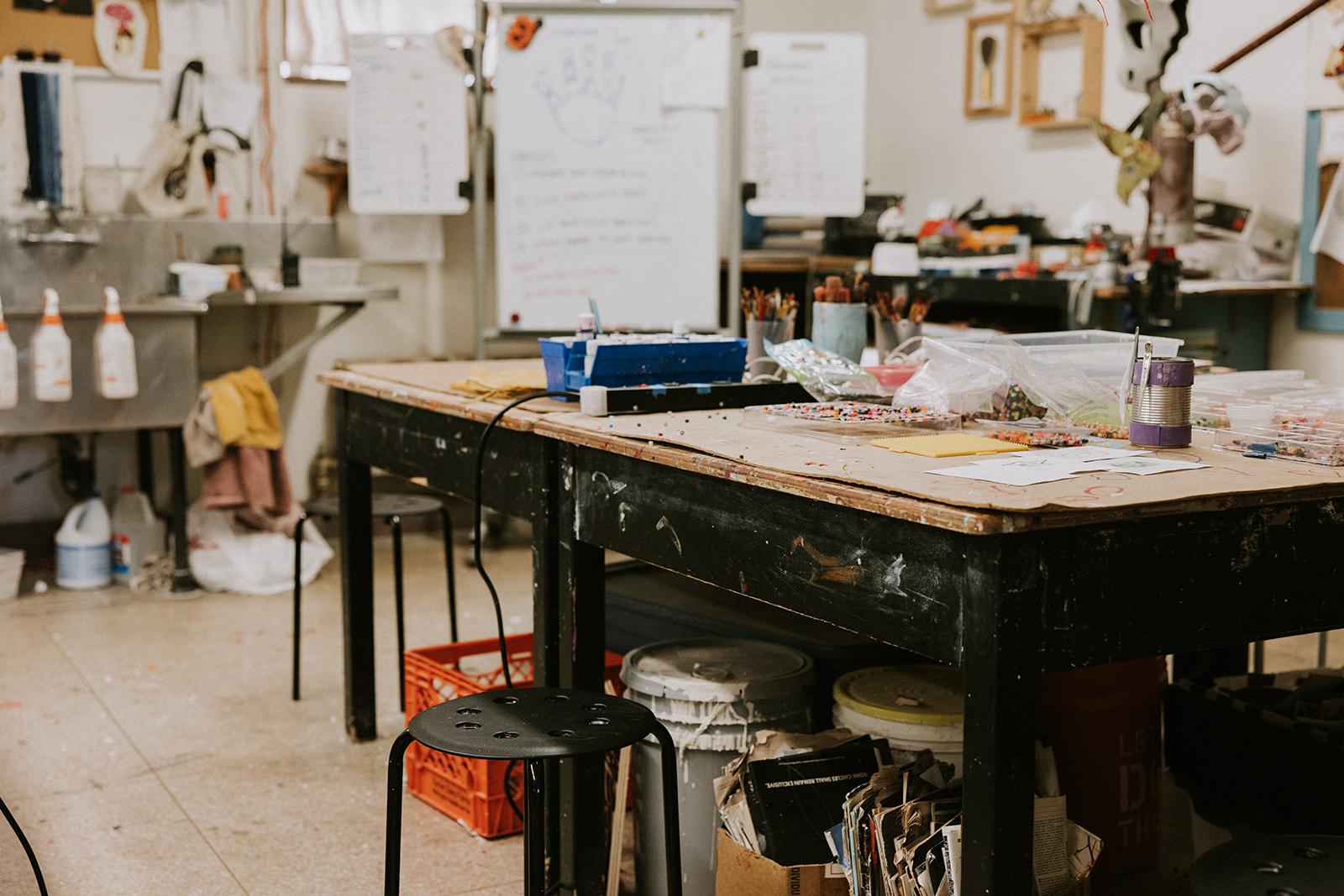What is Makerspace?
A makerspace is a location where students gather resources, explore materiality, design and fabricate tangible products, in an effort to solve physical problems and construct meaning. Makerspaces often combine features from labs, studios, and conference spaces to create a space that encourages experimentation, creation, discussion and reflection.
Maker Philosophy
Most makers and maker-educators would argue that making in any capacity is valuable. The maker movement in education is built upon a constructionist ideology, where hands on learning and inquiry-based instruction prompt discovery through personal learning experiences.
What Does Our Makerspace Strive For?
Our intent as a community of educators and makers is to facilitate instruction that reinforces interdisciplinary concepts. Our makerspace serves as a classroom extension; providing tools, resources and a framework for linking making with school-wide learning goals. Intentionality in project design guides and validates our maker practices.
In addition to conceptual learning, our maker curriculum aims to provide students with foundational skills in material fabrication, traditional craft and 3D design. These skills can be scaled and applied to contemporary building practices. By providing kids with tools, technology and relevant skills, we empower them to manipulate, create, and impact their physical world.
Learning Model
Our Makerspace’s learning model teaches students about the engineering process. From having an idea to creating a final product. This complex process includes making a design, creating a prototype, testing and adjusting the prototype, and eventually arriving at a finished product.
These components allow students the opportunity to develop strong problem-solving skills and age-appropriate tool fluency. From using scissors and tying a knot to 3D printing and coding, making at Provident Charter School is designed to enhance the learning process. Students engage in making both in their classroom and the Makerspace. Teachers work with our Experiential Learning Specialist to create engaging, hands-on lessons connected to grade-level content.
Elements of Making
Textiles
At Provident Charter School all students will be given the opportunity to explore both hand and machine sewing. Beginning in 2nd grade students will begin to explore hand sewing, learning basic stitches. They will progress through learning more complex stitches and when to use them, threading a needle, using an iron, tying a knot, exploring embroidery and cross stitch, etc. By 3rd or 4th grade students will begin to explore sewing machines. By the end of their time at Provident Charter School they should feel comfortable threading a machine, using a straight and zigzag stitch, using a back stitch, and reading a simple pattern.
Robotics/Coding/Programming
In the 2nd grade we encourage teachers to expose students to Scratch, Scratch Jr., and other block coding applications. Within the Makerspace they may begin exploring the Dash and Dot robots, as well as Ozobots. By the end of their career at Provident Charter School students should feel comfortable with block coding and have been exposed to writing code. They should have explored a variety of both robots and microcomputers. This may include Microbits, Hummingbirds, a variety of Arduino boards, Sphiro robots, and game design.
Digital Fabrication
At a second grade level this may look like beginning to explore CAD design, creating a successful 3D print, and exploring converting a drawing to an etching with the laser. As students grow we hope to develop their CAD design skills so that they may be able to run their own 3D prints, understand how to create Vector graphics for the laser, and effectively use the vinyl cutters to create elements for in class projects.
Electronics
Students will begin exploring circuits in the third grade where they will learn to connect an input to a simple output, like a light or motor, using a push connector. By 8th grade students should be comfortable building a series and parallel circuit, and using heat shrink to connect components. By the end of a student’s career at Provident Charter School, they should have been exposed to soldering, breadboards, and connecting outputs to a variety of microcomputers.
Woodworking
In the woodshop Provident Charter School students will be exposed to both hand tools and power tools. As early as second grade they may explore wood shaping tools, such as files, sand paper, scroll saws, and drill presses. By the end of middle school students should feel comfortable using a variety of tools, such as a drill, chop saw, band saw, hand saw, hammer, etc. They should be confident in using measurement tools as well.
Focus Areas & Technology Integration
Questions?
If you have questions about the Makerspace, or wish to donate tools or materials, please contact:

